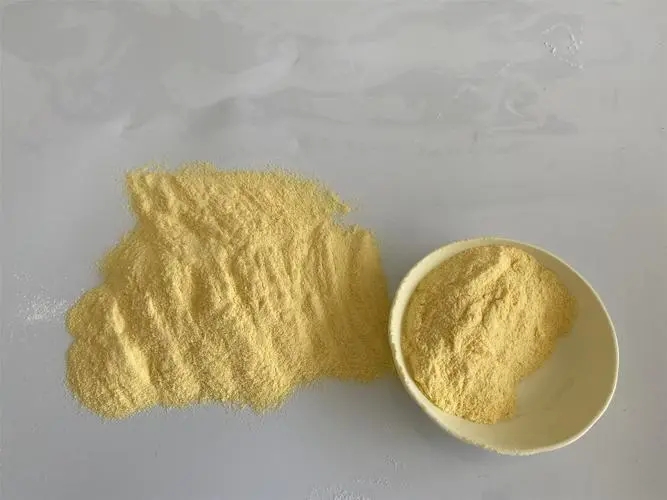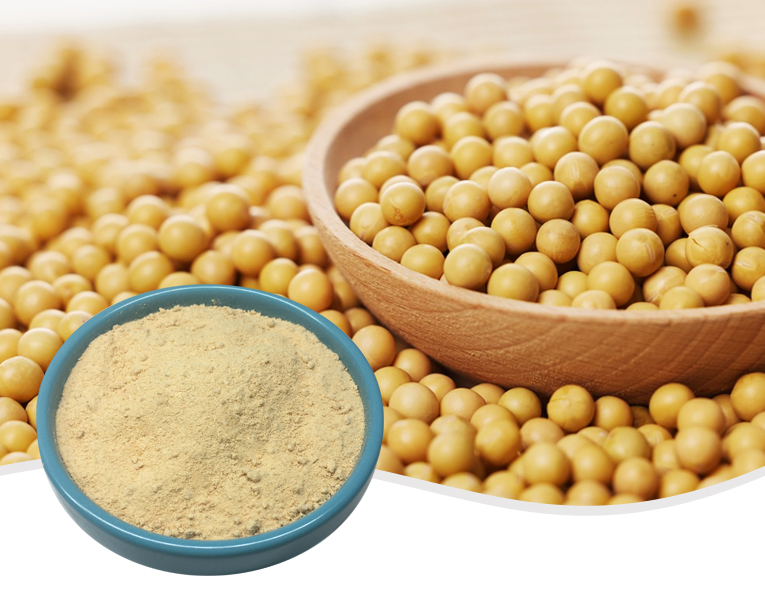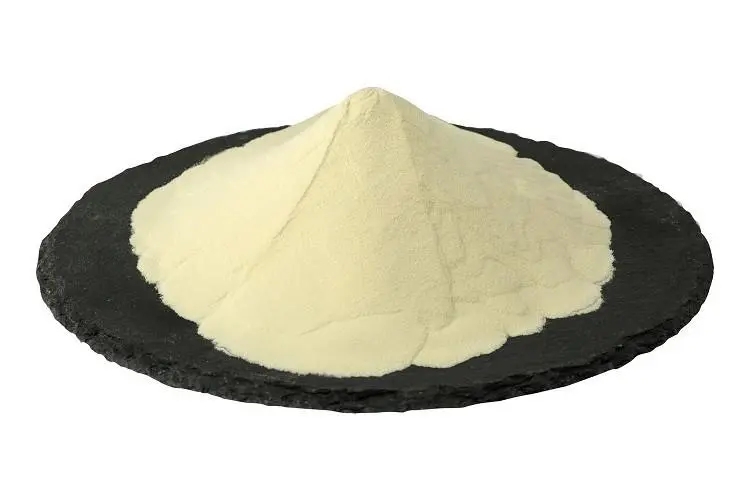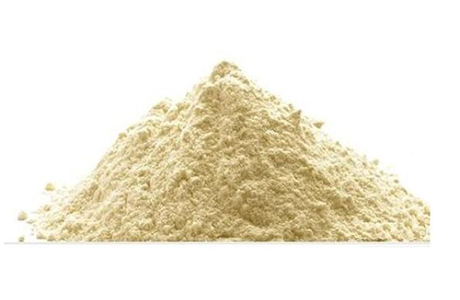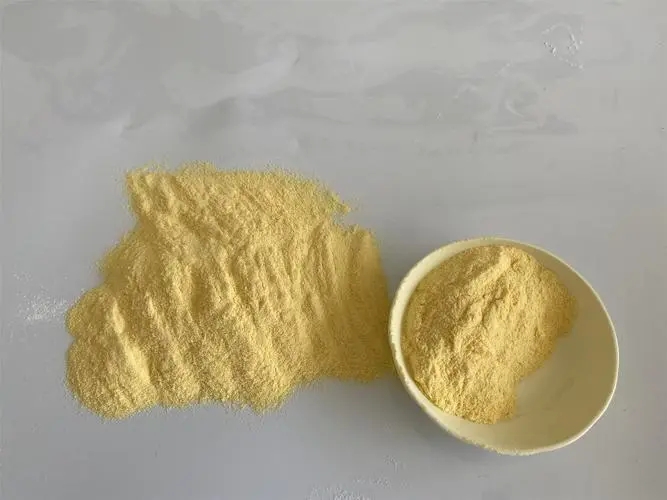Phospholipid manufacturer price


Controlling phospholipid dosage is crucial to ensure the safety and efficacy of products in which phospholipids are used, whether in pharmaceuticals, food supplements, or other applications. Here are some key considerations for controlling phospholipid dosage: Formulation Design: Careful formulation design is essential to achieve the desired dosage of phospholipids in the final product. This includes selecting the appropriate type of phospholipid, determining the concentration, and understanding the intended purpose of the phospholipid in the formulation. Quality Control of Raw Materials: Start by ensuring the quality and purity of the raw materials, especially the phospholipid source. Raw materials, such as lecithin derived from soy, sunflower, or other sources, should meet specified standards to guarantee the consistency of the phospholipid content. Analytical Testing: Implement robust analytical testing methods to quantify the phospholipid content in the formulation. Various analytical techniques, including chromatography and spectroscopy, can be employed to accurately determine the concentration of phospholipids. Standardization of Ingredients: If using phospholipids from natural sources like lecithin, consider standardizing the ingredients to ensure a consistent concentration of phospholipids in each batch. This helps maintain uniformity in the final product. Good Manufacturing Practices (GMP): Adhere to Good Manufacturing Practices to maintain quality control throughout the production process. This includes proper handling of raw materials, accurate measurement of ingredients, and adherence to established protocols. Dosage Forms: Consider the dosage form of the product. In pharmaceuticals, this may involve tablets, capsules, or liquid formulations, each requiring specific considerations for accurate dosing. In food supplements, dosages may vary based on the product type (e.g., softgels, powders, or liquid formulations). Testing During Production: Implement in-process testing during production to monitor the dosage of phospholipids as the product is being manufactured. This helps identify and rectify any deviations from the desired concentration early in the process. Batch-to-Batch Consistency: Establish protocols to ensure batch-to-batch consistency. Regularly monitor and validate the manufacturing process to minimize variations in phospholipid dosage between different production runs. Labeling and Documentation: Clearly label the product with accurate information regarding the phospholipid dosage. Ensure that product documentation, including batch records and certificates of analysis, is comprehensive and accurate. Regulatory Compliance: Be aware of and comply with regulatory requirements related to the dosage of phospholipids in specific product categories. Different regions and industries may have varying standards and regulations. Periodic Quality Audits: Conduct periodic quality audits of the manufacturing process to ensure that quality control measures are consistently followed. This includes assessing the accuracy of dosage measurement and the effectiveness of analytical testing. By integrating these considerations into the manufacturing process, producers can effectively control the dosage of phospholipids in their products, ensuring both quality and compliance with regulatory standards.
Other supplier products
|
|
High-purity phosphatidyl serine |
Phosphatidyl serine is an important membrane phospholipid found in bacteria, yeast, plants, and mammalian cells. It is also a natural component of ... |
|
|
Aflatoxin adsorbent |
Aflatoxins are toxic compounds produced by certain molds, primarily Aspergillus flavus and Aspergillus parasiticus. These mycotoxins can contaminat... |
|
|
Phosphatidyl serine |
Phosphatidyl serine can be used as a stabilizer in the food processing industry, it has good emulsifying properties, can form a stable emulsion sys... |
|
|
Phospholipid manufacturer price |
Controlling phospholipid dosage is crucial to ensure the safety and efficacy of products in which phospholipids are used, whether in pharmaceutical... |
|
|
Phosphatidyl serine Exporter |
Phosphatidyl serine is a kind of phospholipid, which mainly exists in the inner layer of cell membrane and is a part of the cell membrane. In our h... |
All supplier products
Same products









